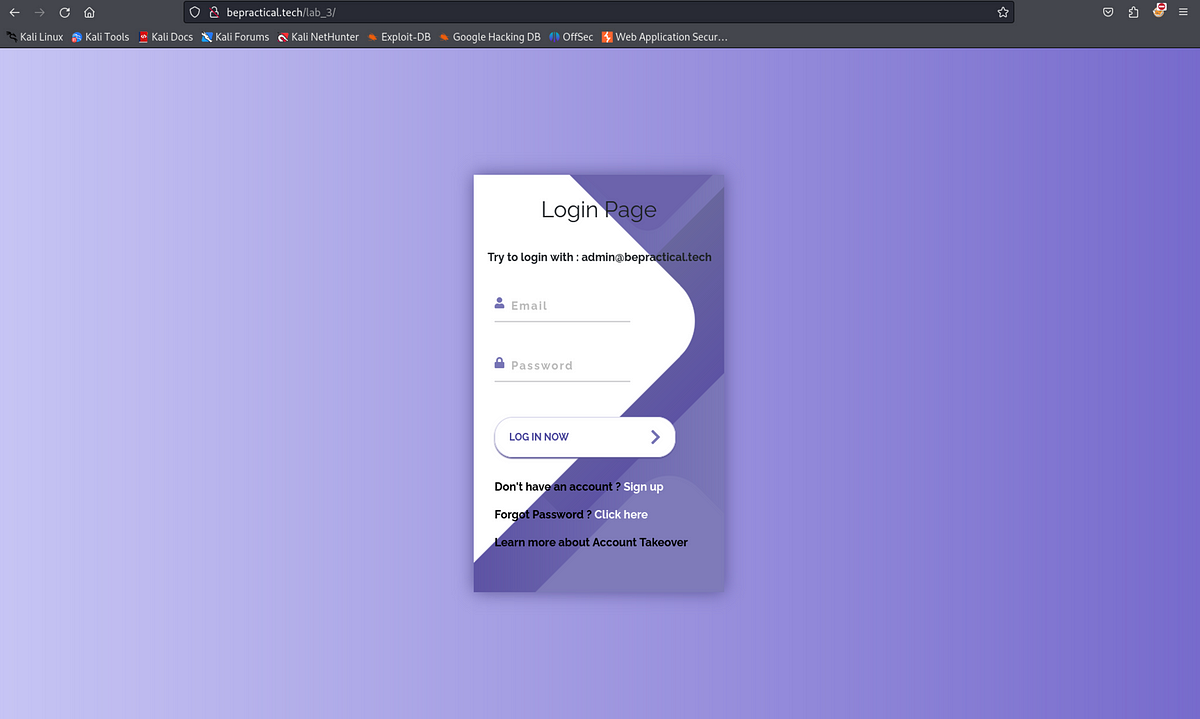BOOK THIS SPACE FOR AD
ARTICLE ADThe convenience of public Wi-Fi networks has become an integral part of our connected lives. Whether in cafes, airports, or hotels, the allure of free internet access is undeniable. However, behind the convenience lies a landscape fraught with dangers. This article explores the inherent risks of public Wi-Fi networks, shedding light on the vulnerabilities that can compromise your personal and sensitive information.
Man-in-the-Middle AttacksInterception of DataPublic Wi-Fi networks provide a breeding ground for attackers to intercept data transmissions between your device and the network.Attackers can eavesdrop on unencrypted communications, potentially capturing sensitive information such as login credentials or financial details.2. Unsecured Network Access →
Open NetworksMany public Wi-Fi networks are open and unsecured, lacking encryption.This exposes users to potential unauthorized access, allowing attackers to monitor or manipulate their internet traffic.3. Rogue Hotspots →
ImpersonationCybercriminals may set up rogue Wi-Fi hotspots with names similar to legitimate ones.Users connecting to these rogue networks unwittingly give attackers access to their data.4. Session Hijacking →
Session SniffingAttackers may hijack active sessions on public Wi-Fi, gaining unauthorized access to users’ accounts.This can lead to account compromise, unauthorized transactions, or identity theft.5. Malicious Hotspot Spoofing →
Fake Wi-Fi NetworksCybercriminals can set up malicious hotspots that mimic legitimate public networks.Users connecting to these fake networks may unknowingly expose their data to attackers.6. Unencrypted Communication →
Data VulnerabilityPublic Wi-Fi networks often lack encryption, making data transmitted over these networks susceptible to interception..png)
 4 months ago
36
4 months ago
36 














 Bengali (Bangladesh) ·
Bengali (Bangladesh) ·  English (United States) ·
English (United States) ·